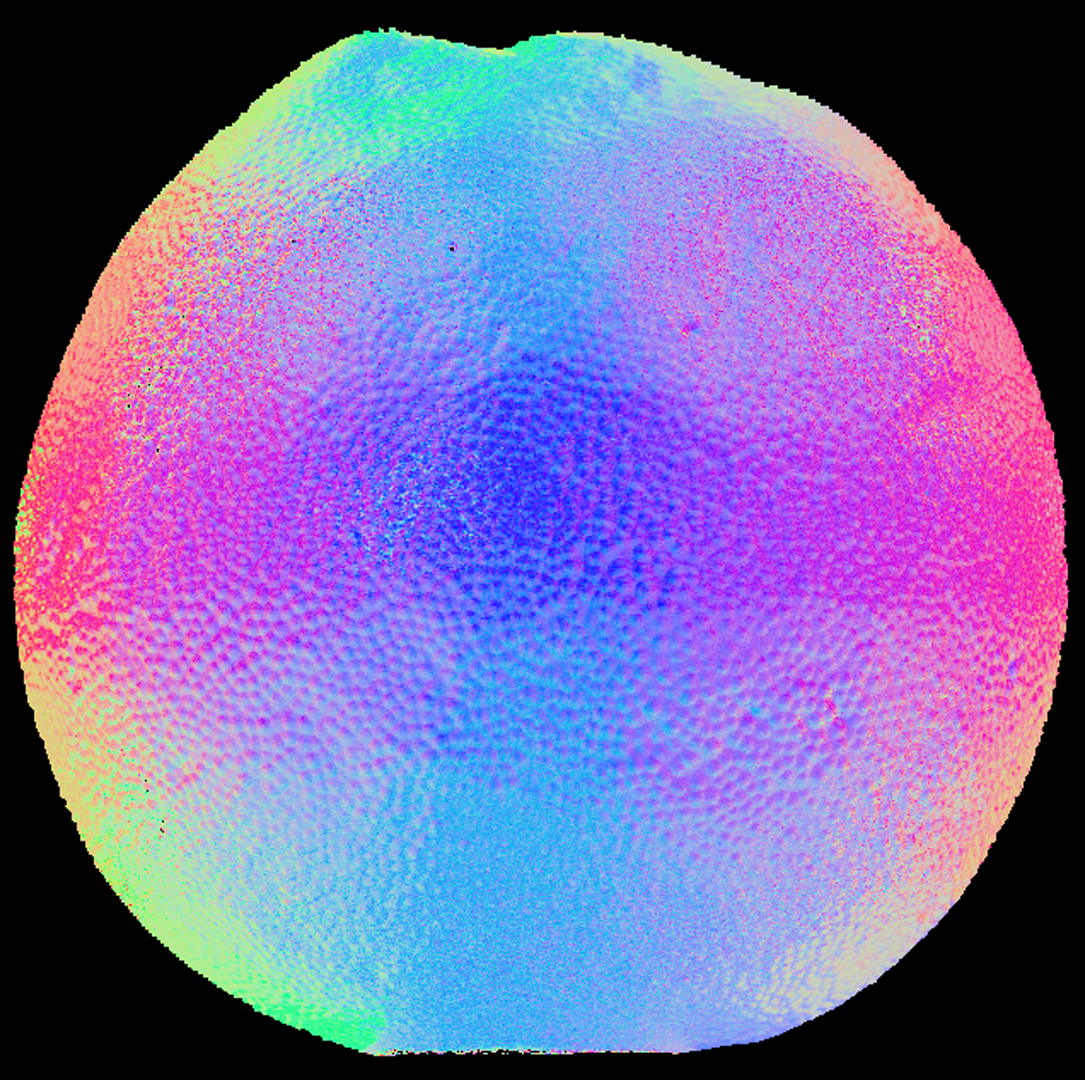“Data-driven diffuse-specular separation of spherical gradient illumination” by Chen, Ghosh and Debevec
Conference:
Type(s):
Title:
- Data-driven diffuse-specular separation of spherical gradient illumination
Presenter(s)/Author(s):
Abstract:
Separation of the diffuse and specular components of observed reflectance has been an active area of research in computer graphics and vision, with major applications in reflectance modeling and scene analysis. Traditionally, researchers have investigated diffusespecular separation under point or directional illumination conditions while employing polarization and, in the case of dielectric materials, color space analysis techniques. Recently, Ma et al. [2007] introduced a technique for estimating high quality diffuse and specular normals and albedo maps (see Fig. 1, (a) & (d)) of a specular object using polarized spherical gradient illumination. However, the employed polarization technique imposes view-point restriction, and results in insufficient light levels for performance capture with high speed acquisition. Hence, in this work, we look into an alternate diffuse-specular separation technique for spherical gradients based on a data-driven reflectance model. Traditional separation techniques based on color space analysis focus on removing specular reflections from the observation for scene analysis [Mallick et al. 2005]. In contrast, we focus on obtaining high quality estimates of both the diffuse and the specular reflectance components.
References:
1. Ma, W.-C., Hawkins, T., Peers, P., Chabert, C.-F., Weiss, M., and Debevec, P. 2007. Rapid acquisition of specular and diffuse normal maps from polarized spherical gradient illumination. In Rendering Techniques, 183–194.
2. Mallick, S. P., Zickler, T. E., Kriegman, D. J., and Belhumeur, P. N. 2005. Beyond lambert: Reconstructing specular surfaces using color. In Proc. IEEE Conf. Computer Vision and Pattern Recognition.





